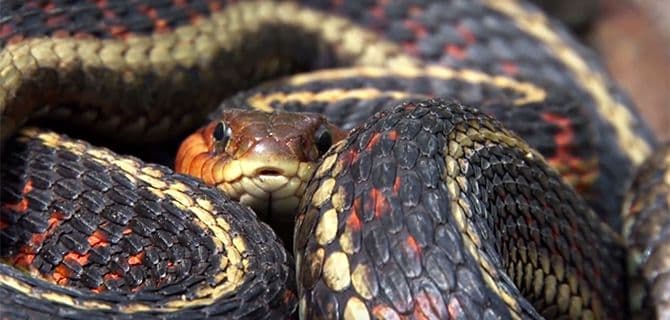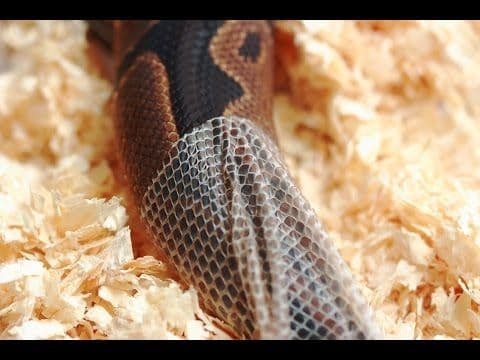Imagine a raincoat that heals a scratch by shedding the part of the outer layer that’s damaged. To create such a material, scientists have turned to nature for inspiration. Roland Hönes, Vitaliy Kondrashov, and Jürgen Rühe report a water-repellant material that molts like a snake’s skin when damaged to reveal another hydrophobic layer beneath it. […]

Imagine a raincoat that heals a scratch by shedding the part of the outer layer that’s damaged. To create such a material, scientists have turned to nature for inspiration. Roland Hönes, Vitaliy Kondrashov, and Jürgen Rühe report a water-repellant material that molts like a snake’s skin when damaged to reveal another hydrophobic layer beneath it. Their work appears in the paper, “Molting Materials: Restoring Superhydrophobicity after Severe Damage via Snakeskin-like Shedding” published in the ACS journal Langmuir.
Watch a Video Exploring this Molting Material
The researchers stacked three layers to create their material: a water-repellant film made with poly-1H,1H,2H,2H-perfluorodecyl acrylate (PFA) “nanograss” on the top, a water-soluble polymer in the middle and a superhydrophobic silicon nanograss film on the bottom. Nanograss consists of tiny needle-like projections sticking straight up. The team scratched the coating and submerged the material in water, which then seeped into the cut and dissolved the polymer. The top layer then peeled off like molted skin and floated away, exposing the bottom, water-repellant film. Although further work is needed to strengthen the top coating so that a scratch won’t be able to penetrate all three layers, the researchers say it offers a new approach to creating self-cleaning and water-repellant materials.
